We recently published a blog post titled, “Workforce Planning is Much MUCH More than Budgeting”. It generated a lot of buzz and many excellent questions. In particular, one question that was asked several times was, “Can you provide a real example of how HR can be more data-centric in workforce planning”? Excellent question.
It needs to be noted that, within the context of HR, data-centricity means having access to data throughout the entire employee experience lifecycle—from recruiting to offboarding. Specifically, the 3 components of the employee lifecycle are talent attraction, talent engagement and talent retention. Viewing HR through the lens of the lifecycle enables HR to build a truly strategic HR plan. Another way of saying this is, “When you’re building your HR strategy, you’re not building it with a blindfold on”.
Learn how to implement employee well-being into your total rewards with our free guide.
The specific use case that we’re going to focus on has to do with employee retention or turnover. It’s a classic use case that most HR practitioners and leaders can easily wrap their heads around. Of course, there are many more use cases, but to showcase how HR can be more data-centric in workforce planning, let’s focus on turnover.
Let’s make an assumption that the HR team has set up a solid data analytics tool where they can easily access and analyze data all the way through the employee lifecycle. Specific data points may include:
- Employee tenure
- Compensation—e.g. total compensation of new hires over time
- Time to hire—e.g. By organization, department and role
- Performance—e.g. By level, department, tenure
- Employee Engagement, specifically eNPS
- Hiring source, specifically internal mobility versus external hiring
These are just some examples that HR typically measures. Of course, there are many more examples but you get the idea.
For the purpose of this example, let’s say that turnover has suddenly spiked during the past 2 quarters. Perhaps, the volume of hiring has increased but the hiring is focused on replacement hiring, or HR has been spending more time on recruiting than HR activities. Whatever the case, the trend was somehow noticed. From an analytics perspective, how would HR figure out what’s going on?
Through analytics, the following things are identified:
- 75% of those who left during the past 2 quarters had less than 1 year of tenure.
- 100% of turnover was voluntary.
- 80% of those who left were occupying lower-level jobs—this was based on the job levels in the bands in your compensation structure.
- 50% of those who left came from teams where their leaders were also turning over more frequently.
This analysis provides HR with some interesting insights that can be used to pinpoint the problems and come up with solutions that have a higher likelihood of fixing the problem. Imagine if you didn’t have access to data; what on earth would you do? Twiddle your thumbs?
Without doing any deep dive into the data, you could make inferences about what the data is telling us, simply by looking at the 4 trends that were mentioned above. From an HR perspective, this is what the data is telling us.
- Lack of stability and continuity at the team leadership level is causing problems throughout their specific teams.
- The fact that the majority of those who left were at the company for less than 1 year, left voluntarily and occupied lower-level jobs could infer several problems such as the current company having a competitiveness problem (compared to the market) and/or internal culture problems.
Now, we can start forming solutions that are targeted and focused. We can act quickly because we have the data and we’ve completed an analysis.
Having this kind of high-quality data may not tell you exactly what the problem is but it can certainly put you on the right path to determining it. This is the value that data has. In our specific example, we provided some potential analysis that took no more than 30 seconds to do. If we didn’t have this data we would have absolutely no starting point, or clue, as to what was causing the problem.
The key conclusion is that the first requirement is to have a proper mechanism to collect and analyze data, and second, to do something with the data. You can’t do this the other way around.









